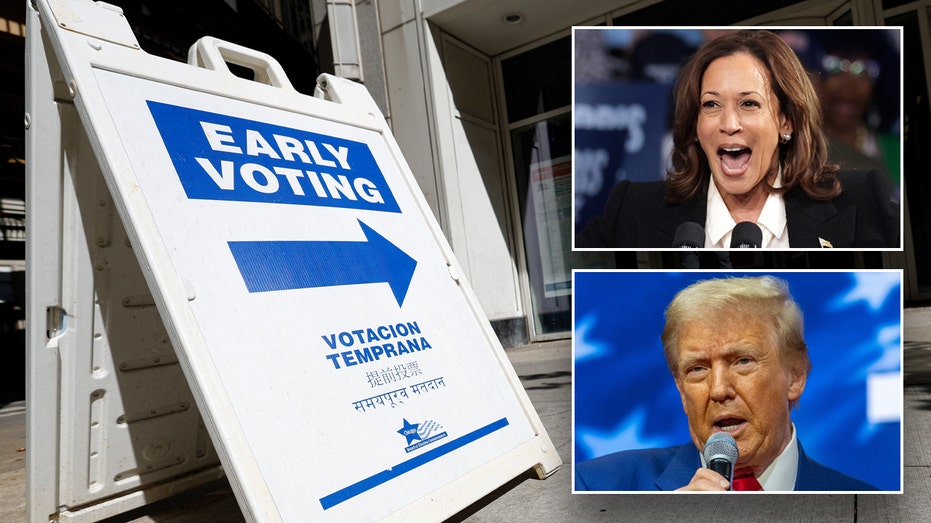As the November 5 election approaches, millions of Americans have already seized the opportunity to cast their votes through early voting. The surge in early voting is setting a remarkable precedent, with more citizens participating ahead of Election Day than ever before. This trend reflects both heightened political engagement and a response to efforts aimed at making voting more accessible.
Data from various states indicate that the number of early ballots already received far surpasses the figures from previous years. This increase is primarily attributed to states expanding their early voting periods and simplifying mail-in voting procedures, allowing more voters to express their preferences at their convenience. The decision to expand these options was largely influenced by lessons learned from past election cycles and a desire to improve voter turnout.
Many voters have taken advantage of these extended opportunities to ensure their votes are counted without the hassle of potentially facing long lines or unexpected issues on Election Day. The early voter turnout not only demonstrates an enthusiastic engagement from the electorate but also highlights the pressing issues motivating voters this year. From economic policies to healthcare and new legislative proposals, Americans are eager to have their voices heard at the ballot box.
Election officials have been working tirelessly to accommodate the influx of early voters, employing additional staff and adopting advanced technology to streamline the process. The proper handling and processing of these early ballots are crucial to maintaining public trust in the electoral system and ensuring an accurate and timely count.
Political analysts emphasize that while the increased early voting trends are promising, they may not directly predict the overall turnout for the election. However, they do indicate a possible shift in how Americans prefer to vote, with convenience playing a key role in this transformation. The ongoing discussions about the reliability and security of different voting methods continue to stir debate, but the general consensus is that options leading to greater voter participation are beneficial to democracy.
The high numbers of early voters have also triggered heightened campaign activities, with candidates and political parties intensifying their outreach efforts. Both parties are actively engaging with constituents through a variety of channels, aiming to reinforce their platforms and encourage any undecided voters to act before or on Election Day.
As the final days leading up to November 5 unfold, it is expected that a significant portion of the electorate will continue to turn out early. The outcome of the elections will undoubtedly play a critical role in shaping the nation’s future, making every vote cast ahead of Election Day a powerful contribution to the democratic process.































